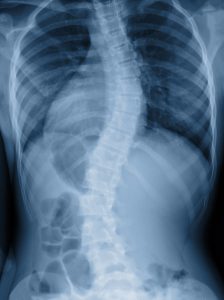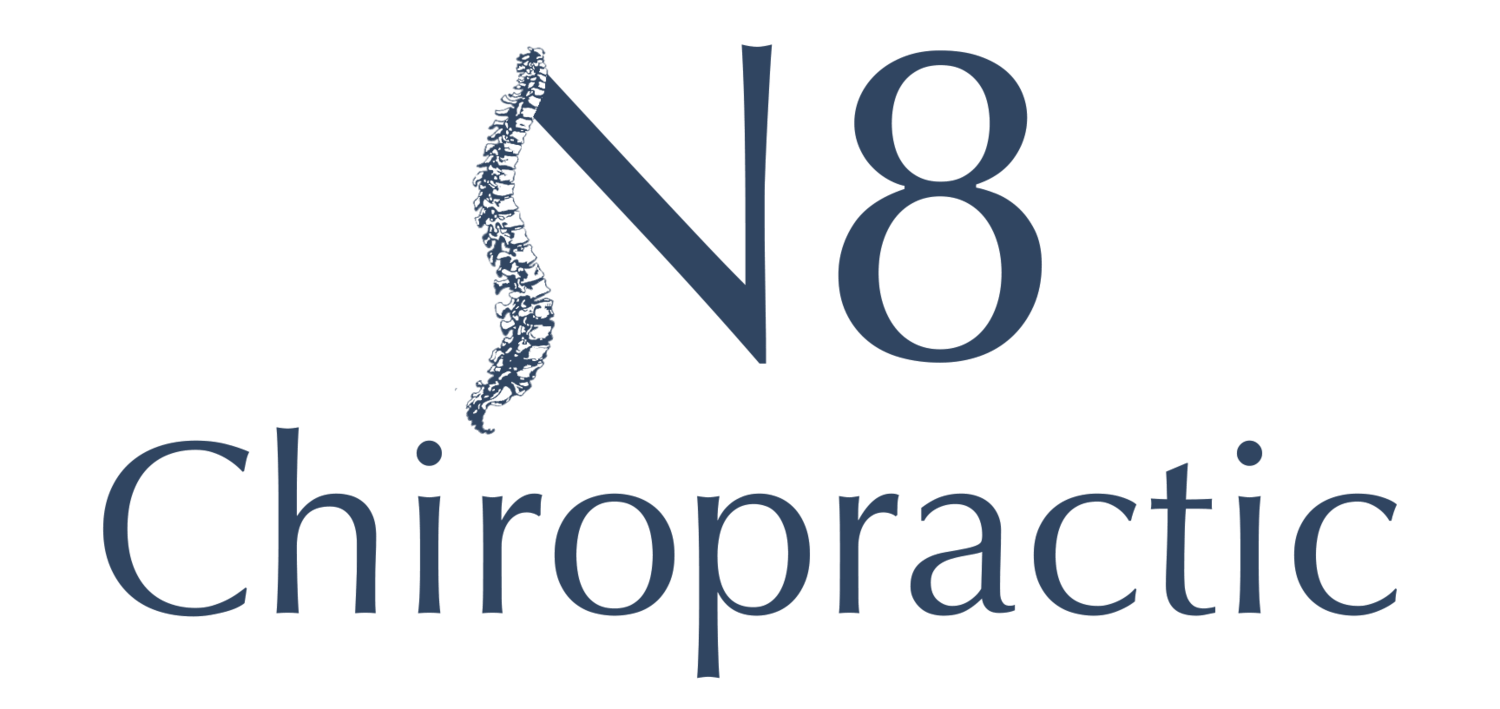 What is Scoliosis?
What is Scoliosis?
Scoliosis happens when the spine rotates and develops an unnatural side curve, forming a C or S- shaped curve in the spine. The most commonly affected regions of the curvature are the upper spine and lower back. The twisting causes the ribs or muscles on one side of the body to stick out farther than those on the other side. Most cases of scoliosis are mild (10-degree curve) while other cases, the curve could be as severe as 100 degrees or more. Scoliosis is often diagnosed in adolescents and more commonly found in females.
Scoliosis is not easily perceptible but some people with this condition may lean to one side or have uneven shoulders or hips. A severe spinal curve could be disabling, as it reduces the amount of space within the chest, making it harder for your lungs to function properly.
Signs and Symptoms of Scoliosis
Adolescent scoliosis is generally asymptomatic but shoulders and hips may reveal unevenness due to the curvature. In adult scoliosis, pain may develop and other symptoms may include:
- Uneven alignment of the pelvis and hips.
- One shoulder or shoulder blade appears more prominent or higher than the other.
- One side of the rib is protruding forward.
- One side of the back is more prominent when bending forward.
- Spine arches to one side and even twists or rotates, causing the ribs or muscles on one side of the body to stick out farther than those on the opposite side.
- Head may appear a bit off center.
- Person leaning to one side.
- The clothes may not hang evenly.
- Slight difference in the length of legs.
- In some cases, height loss.
- Back pain and imbalance and fatigue.
- Leg pain, numbness or weakness may develop due to pressure on the nerves in the lumbar spine.
What Causes Scoliosis?
Generally, there is no definite cause of scoliosis. Idiopathic scoliosis or ‘no known cause’ is the most common type of scoliosis which tends to run in families and affects females more than males. However, genetics was found or appears to be a significant cause/contributor. Having a family member with scoliosis puts you at a higher risk for developing the condition yourself. Apart from genetics, age and genders are the risk factors of scoliosis. Less common types of scoliosis may be caused by the following conditions:
Congenital Scoliosis.
Although scoliosis is rare at birth, it can occur if the bones in the spine develop abnormally when the fetus is growing. This defect can also be acquired from the genetic make-up of the parents.
Osteoporosis.
Osteoporosis is a condition caused by the weakening of bones. The bone degeneration can cause secondary scoliosis.
Neuromuscular Condition.
A condition that affects the nerves and muscles, which include cerebral palsy, muscular dystrophy and poliomyelitis.
Other Causes.
These causes may likewise lead to spinal curvature:
- Poor posture
- Carrying heavy backpacks
- Injury
- Connectivity tissue disorder.
How Scoliosis is Diagnosed?
Before recommending a treatment plan, your healthcare provider will need to take your history, conduct a physical exam and order imaging tests.
Patient History.
The doctor will ask specific questions to gather data about your history, which may include:
- Family history
- The first time you noticed a change in your spine.
- Location of the pain (if any)
- Any bowel, bladder or motor dysfunction, which are possible signs of more severe nerve pressure or damage caused by scoliosis.
- Progression of curve, if presented from previous x-rays.
Physical Exam.
The doctor will examine the shape of your spine, ribs, hips and shoulders and assess your movement. A tool called an inclinometer or scoliometer can aid in measuring the degree of your scoliosis.
When your spine curves more than 10 degrees, it’s likely that you have scoliosis.
The curve is measured by the Cobb Method and is diagnosed in terms of severity by the number of degrees. Pediatricians use a simple initial screening called the Adams Forward Bend Test to detect any abnormal spinal curvatures.
Nerve Testing.
May also be done through reflex, sensation and muscle-strengths checks. Your doctor may also refer you to an orthopedic specialist for further advice.
Imaging Tests.
Imaging tests can help the doctor assess the shape, direction, location and angle of the curve and provide accurate and positive diagnosis.
X-ray.
X-rays taken from the front and side will reveal a full picture of your spine and measure the degree of the curve. It can also search for other potential causes of pain.
Magnetic Resonance Imaging (MRI).
MRI uses powerful magnets and computer technology to produce three-dimensional images of the body like the spinal cord, nerve roots and surrounding areas. It can also show enlargement, degeneration and deformities.
How Scoliosis is Treated?
Healthcare providers will determine the treatment on a case-by-case basis. In most cases, childhood and adolescent scoliosis is mild and may only require conservative treatment, like chiropractic care for scoliosis. If the curvature is below 20 degrees, a periodic check up is done to monitor the progress of the curvature. If the curvature is 20-40 degrees, the doctor may recommend more aggressive management.
Fitness and Exercise for Scoliosis
Studies have shown that the progression of scoliosis may be slowed down or ceased with therapy to address muscle imbalance as well as educate patients on how daily posture impacts spinal alignment over time. Scoliosis exercises come in many forms and different approaches to treating the defect. These types of scoliosis exercises are voluntary, which means they are performed on purpose such as:
- Incorporating postures into daily activities that counteract scoliosis
- Focusing on breathing mechanics and function
- Using mirror-image
exercises to balance out the curves - Other stretches and exercises for scoliosis that doctors may recommend are:
- Arm and Leg Raises
- Pelvic Tilts
- Abdominal Press
Chiropractic Treatment for Scoliosis
A chiropractor who specializes in scoliosis may help to manage the pain and functional issues that arise with the condition of scoliosis. Gentle adjustments can be made to the spine and other joints to help to manage the curvatures and muscular imbalances.
Conclusion on Scoliosis
The goal of the treatment is to relieve the symptoms, decrease the pain and improve function. It is important that anyone with scoliosis be evaluated and managed for their condition.

